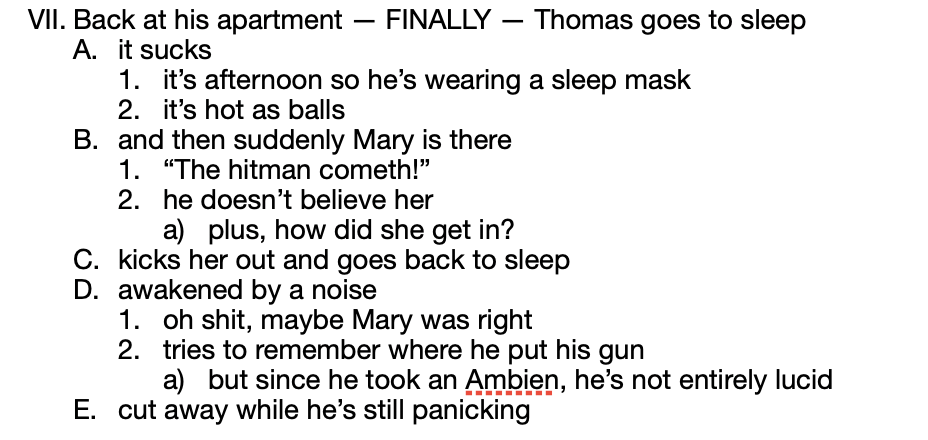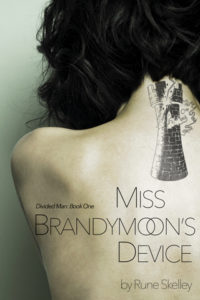The Saga of Gigi and Pierre
![]() It’s amazing that, no matter how conscientious you try to be about looking around all the corners during the outlining phase, stuff always finds places to lurk so it can ambush you during prose.
It’s amazing that, no matter how conscientious you try to be about looking around all the corners during the outlining phase, stuff always finds places to lurk so it can ambush you during prose.
Naturally, we’ve known all along that Gigi and Pierre will become a couple, and that their bond will be tested. We talked about how things look from each of their perspectives, what’s different about Pierre’s attitude toward the relationship, etc. And we identified the moment when the first test will crop up. What we didn’t do was spec in a scene to show the fallout of that event. Then the prose draft had caught up to that point in the narrative, and this felt like an omission.
We had to discuss what to do about it. The default stance here in the Writing Cave is that we don’t like scenes that exist solely for depicting Relationship Drama. Words like “soapy” get tossed around sometimes. Scenes need to earn their keep, and we love it when they accomplish more than one job. So, we tried to talk ourselves into sticking with the blueprint, i.e., not adding a unitasker relationship scene and thus keeping the Gigi/Pierre breakup implicit.
Thing is, our original concern was that not making the couple fight explicit leaves a gap in the story. And that’s because the real rule about scenes earning their keep is that you include the ones that carry the story. Ask, “what’s this story about?” and, “what is this scene about?” When they line up, you have a winner. (NB, stay alert for too much of a good thing; if you showed it already, you probably don’t have to show it again.)
The story can be “about” multiple things. In our case, it’s about ghosts and it’s also about this Gigi/Pierre thing. Their romance and its ups and downs shape the choices they will be making later on. So, while we don’t want to give anybody soap poisoning, we need to give readers a decoder ring for why those two behave the way they do. So, this instance of Relationship Drama merits a scene, even if that’s the only job it does.
A good writing partner is someone you work well with, so that the soap operatics are confined to the page.





 September was mostly spent in the run-up to publishing Miss Brandymoon’s Device. Kent created a beautiful cover for it and both of its siblings. We did all kinds of boring behind-the-scenes technical stuff with fonts and layouts and what-have-you. Jen took care of the final pre-writing tasks for the new novels.
September was mostly spent in the run-up to publishing Miss Brandymoon’s Device. Kent created a beautiful cover for it and both of its siblings. We did all kinds of boring behind-the-scenes technical stuff with fonts and layouts and what-have-you. Jen took care of the final pre-writing tasks for the new novels.